Raised Garden Beds: The Ultimate Guide for Southwest Gardeners

Raised garden beds are a wonderful choice for enhancing your Southwest landscape. They offer numerous advantages, especially in managing the intense heat typical of this region. This guide will walk you through various styles of raised garden beds, their benefits, and how to choose the right height for your gardening needs.
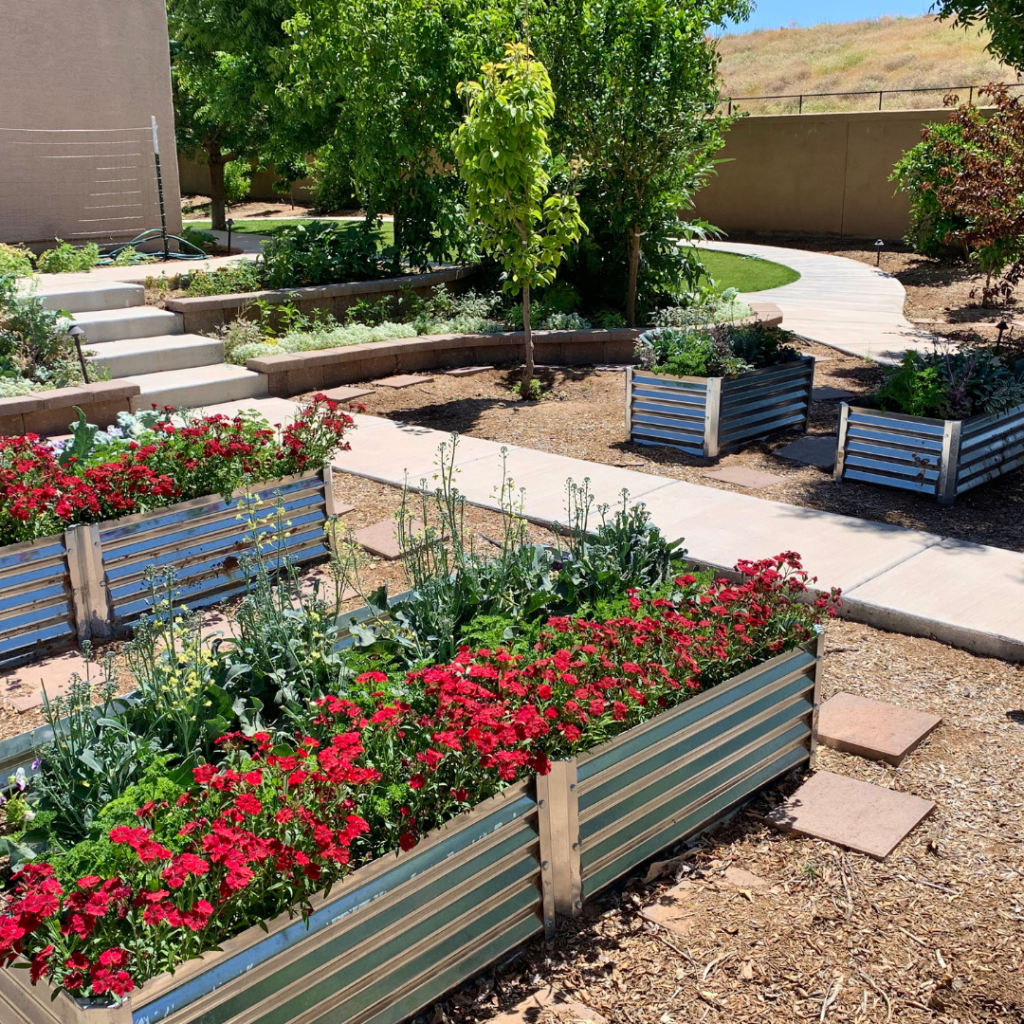
Why Raised Garden Beds?
The Southwest’s intense sun, scorching temperatures, and often poor soil conditions can make traditional gardening challenging. Raised garden beds offer several advantages:
- Soil Improvement: Create rich, fertile soil specifically for your plants’ needs.
- Water Conservation: Reduce water waste by controlling moisture levels.
- Pest and Disease Control: Isolate plants from soil-borne problems.
- Drainage Enhancement: Prevent waterlogging and root rot.
- Easier Gardening: Eliminate bending and back strain.
- Aesthetics: Add visual interest to your landscape.
Raised garden beds elevate your plants above ground, creating a controlled environment. This setup provides several key benefits, particularly in the Southwest’s challenging climate. Improved drainage is one significant advantage. The elevated design allows excess water to escape quickly, reducing the risk of root rot, which can be a common problem in our dry conditions. Raised bed gardens can be more traditional and rustic, or very elegant, depending upon your needs.
Better Soil Control
Another benefit is better soil control. With raised beds, you have the freedom to choose or amend the soil mix, ensuring it meets the specific needs of your plants. This is crucial in desert environments where native soil may not be ideal. Additionally, raised beds make gardening easier by reducing the need to bend over, which can be easier on your back and knees. Finally, the soil in raised beds warms up faster, potentially extending your growing season during conditions with cold desert nights.
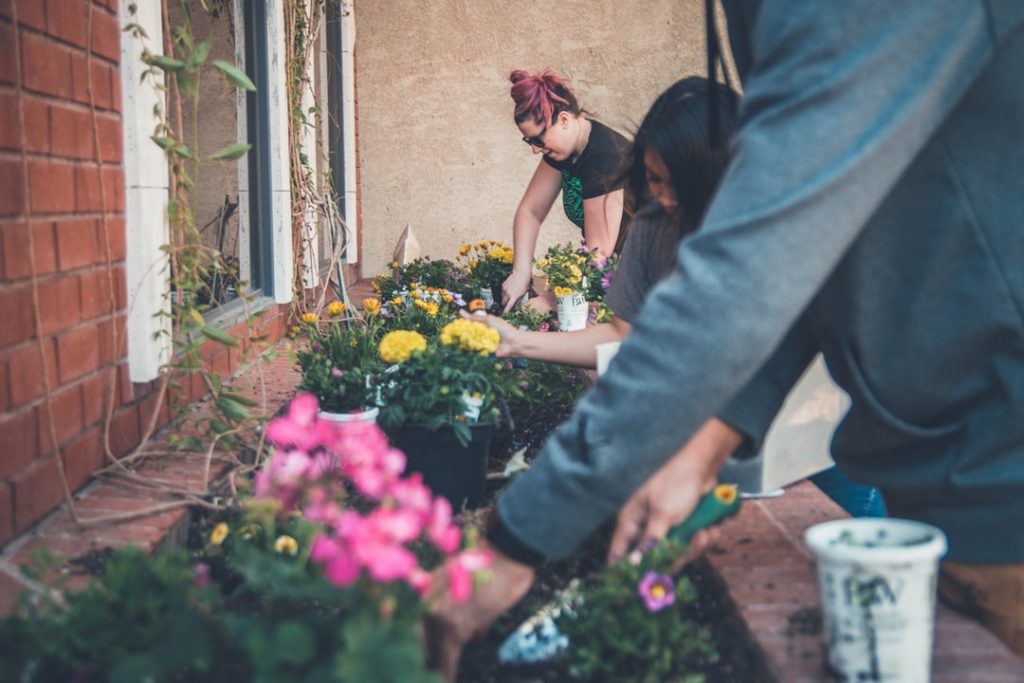
4 Types of Raised Garden Beds
While there are many styles of raised bed gardening, there are also many types of beds. Various raised garden beds can suit different needs and preferences. Each type has its own set of advantages and considerations, especially when gardening in the Southwest.
Wooden Raised Beds
Wooden raised beds are a popular choice due to their affordability and versatility. Common materials include cedar, redwood, and treated lumber. These materials are relatively easy to work with, allowing for customization in size and shape. Wooden beds also have a natural appearance that blends well with most landscapes.
However, wood can decay over time, especially in the intense heat of the Southwest. To mitigate this, use rot-resistant wood and consider adding a liner to keep the soil from coming into direct contact with the wood. Regular maintenance, such as sealing or staining, can also help extend the lifespan of wooden beds.
Metal Raised Beds
Metal raised beds, made from materials like galvanized steel or aluminum, offer durability and a modern aesthetic. These beds are long-lasting and less prone to decay, making them a solid investment. However, they can become very hot in the Southwest sun. To address this, choose lighter-colored metals which might have an insulated covering to reduce heat absorption and provide insulation around the soil to prevent overheating.
Brick, Concrete, or Stone Raised Beds
Brick, concrete, and stone raised beds provide a classic, sturdy look and are extremely durable. These materials create a robust structure that can withstand the elements over time. They also allow for creative design and customization. However, constructing brick or stone beds can be labor-intensive and costly. To ensure stability, use mortar and build on a solid foundation. Proper drainage is crucial to avoid water pooling at the bottom of the beds.
Plastic or Composite Raised Beds
Plastic and composite raised beds are lightweight and easy to assemble. Made from recycled plastics or composite materials, these beds are often UV-resistant and come in various colors and styles. While they may be less aesthetically pleasing to some, they are functional and durable. To keep soil cool, choose high-quality, UV-resistant materials and add a layer of mulch.
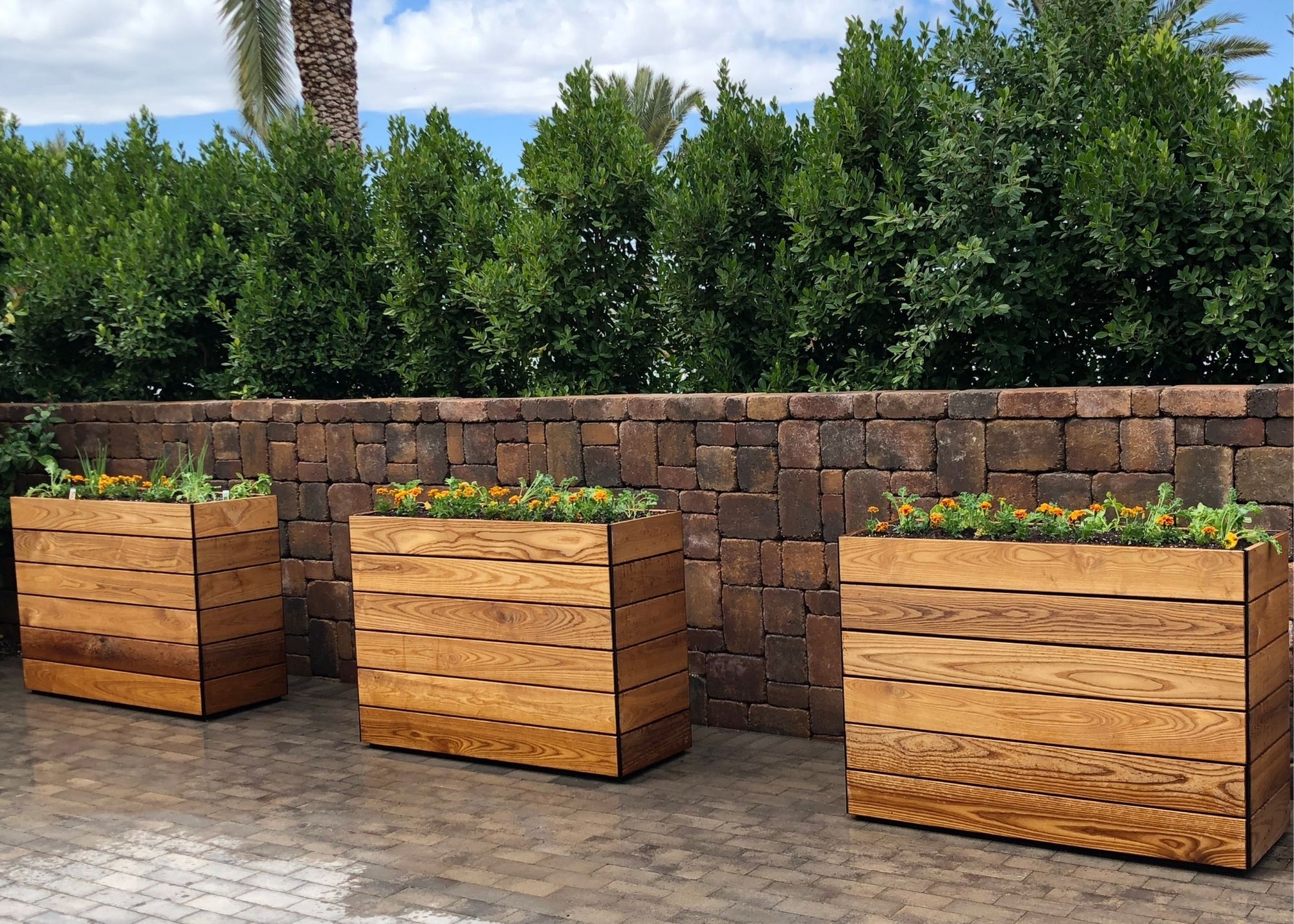
Addressing Heat Concerns with Elevated Beds
Gardening in the Southwest means dealing with extreme temperatures. Raised garden beds can help manage these conditions, but you’ll need to take additional steps to ensure your plants thrive.
Insulation is key. Adding a thick layer of mulch around your plants helps retain soil moisture and keeps temperatures down. Using shade cloth or netting can protect plants from the harsh midday sun.
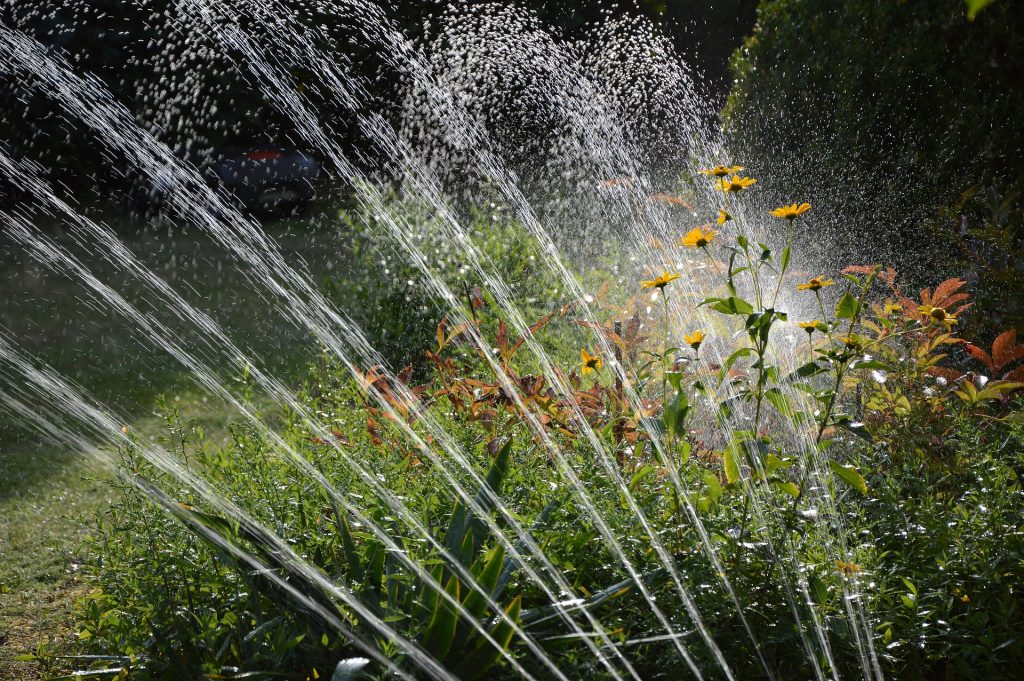
Soil selection matters. Choose a soil mix that retains moisture yet drains excess water efficiently. Incorporating organic matter like compost can improve soil quality. To keep the soil moist, mix in 2 parts compost to 1 part potting soil.
Watering effectively is crucial. Installing a drip irrigation system instead of a sprinkler system can provide consistent moisture and minimize water waste. Water your garden in the early morning or late evening to reduce evaporation and ensure your plants get the water they need. Refer to regional water guides to help you better gauge your irrigation needs.
Different Heights of Garden Beds
The height of your raised garden bed affects its functionality and ease of use. In the Southwest, where the climate can impact soil conditions, selecting the right height is especially important.
- Low-raised beds: Typically range from 6 to 12 inches in height. They are easy to build and maintain and are suitable for small plants and shallow-rooted crops. However, they may heat up quickly in the sun, so it’s important to monitor soil temperature closely.
- Medium-raised beds: Ranging from 12 to 24 inches, strike a balance between depth and accessibility. They accommodate a wider range of plants and offer better insulation than low beds, which helps moderate soil temperature. These beds require more soil and can be heavier to move, but they offer increased versatility.
- High-raised beds: Measuring 24 inches or more, are ideal for deep-rooted vegetables and herbs. They reduce physical strain as they are easier to reach and manage. High beds also provide better control over soil conditions and temperature. However, they come with a higher initial cost and require more soil and materials. Ensure these beds are stable to prevent collapse or tipping.
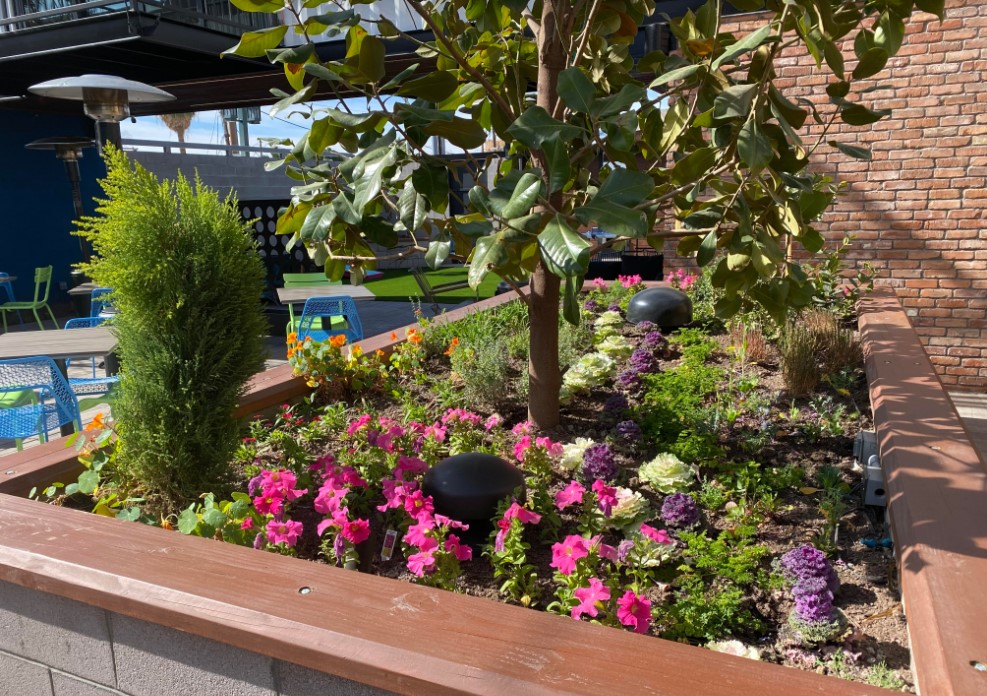

Building Your Southwest Oasis with Elevated Garden Beds
Creating a thriving raised garden bed involves careful planning and preparation:
- Choose a Sunny Location: Most vegetables need at least six hours of sunlight daily.
- Prepare the Ground: Remove weeds and level the area before building your bed.
- Select Materials: Consider your budget, aesthetic preferences, and maintenance requirements.
- Build Your Bed: Follow construction guidelines or hire a professional, like our team at Agriscaping, for complex designs.
- Fill with Quality Soil: Create a nutrient-rich environment for your plants.
- Plan Your Layout: Consider crop rotation, companion planting, and spacing.
Raised garden beds transform your Southwest landscape into a productive and enjoyable oasis. By understanding the different styles, heights, and care requirements, you can create a thriving garden that flourishes even in the most challenging conditions.
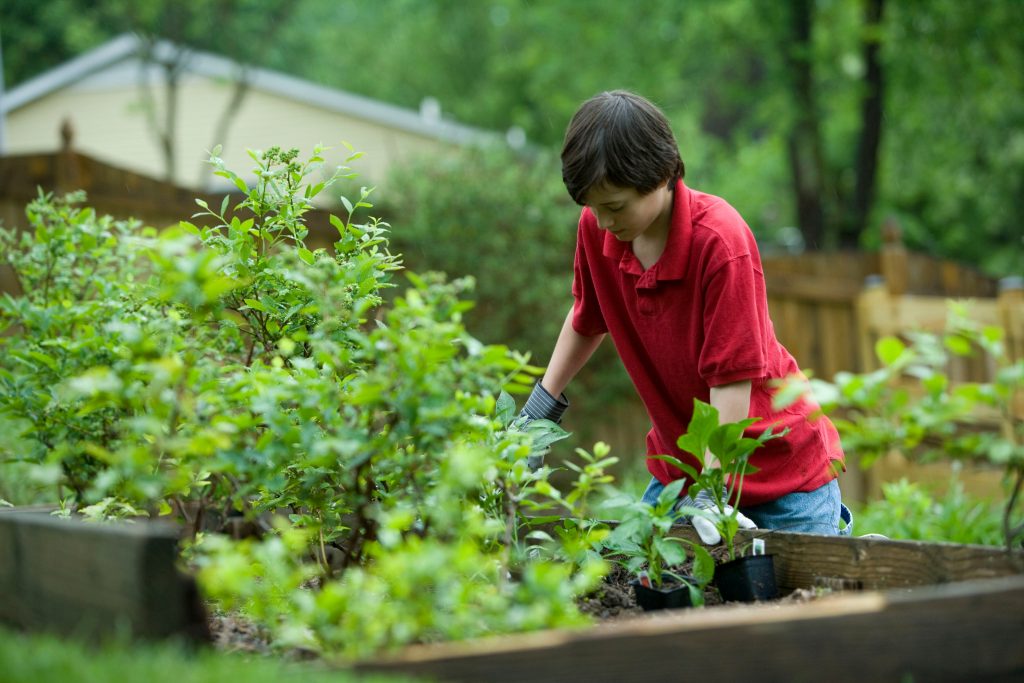
Raised Garden Beds Work Well in the Southwest
Raised garden beds are an excellent choice for Southwest gardens, offering solutions to many challenges posed by the region’s climate. They enhance drainage, improve soil quality, and make gardening more accessible. By choosing the right style, managing heat effectively, and selecting an appropriate height, you can create a thriving garden that withstands the Southwest heat. Enjoy your gardening adventure and make the most of your raised garden beds!